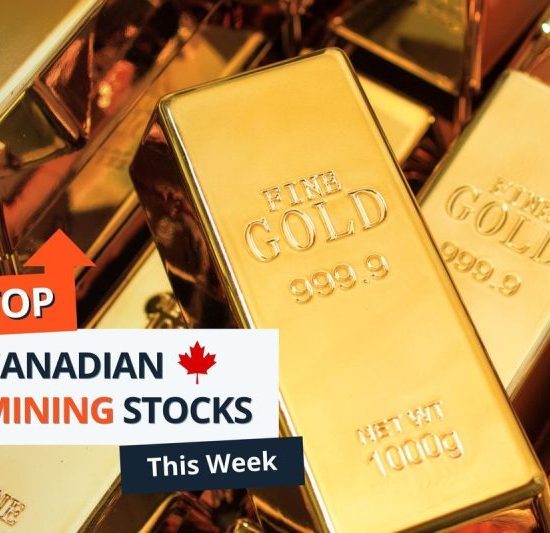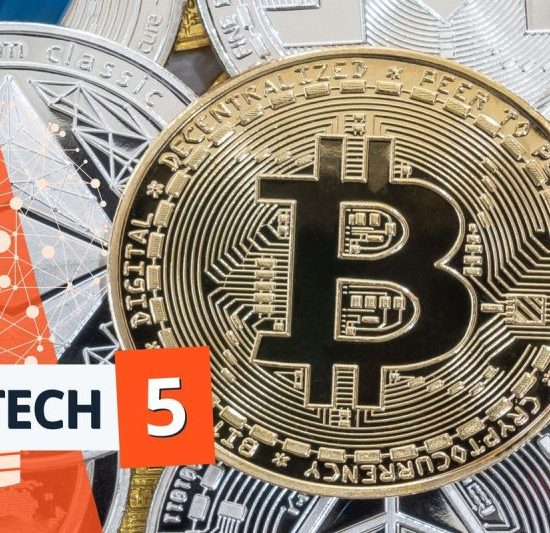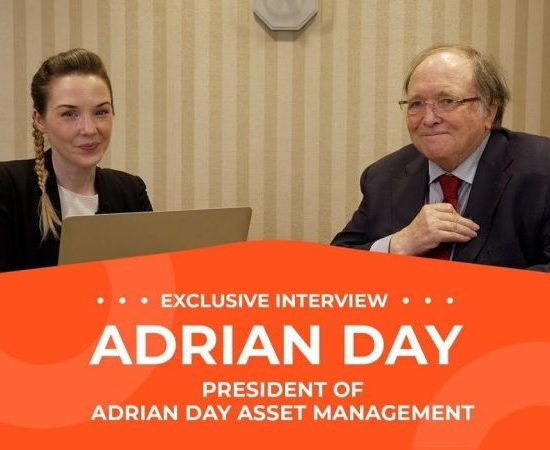Jeffrey Christian, the Managing Director and Founder of the Commodity Research Group – CPM Group, labeled 2020 as The Year of Living Dangerously. This was due to the myriad of global crises, primarily significant economic pressures, political instability, and the omnipresent COVID-19 pandemic, which created a precarious setting for the global financial markets. Particularly, precious metals like gold and silver performed exceptionally well, leading investors to explore these commodities as safe havens amid market volatility.
Mr. Christian’s impressive analytical expertise extends through decades of research and consultancy regarding precious metals. His commentary on gold and silver trends for the coming years is valuable for traders, investors, and precious metal enthusiasts. He opines that we are entering Another Year of Living Dangerously, given the continuing uncertainties influencing financial markets.
In 2020, gold and silver showed substantial upswings that outperformed equity markets. In Christian’s perspective, these bullion markets could maintain their trajectory of growth as long as the economic climate remains unstable. He emphasizes the role of gold as a hedge against inflation and instability, suggesting that in stress-filled timeframes, gold prices generally surge because investors move towards safer assets.
Christian acknowledges that the prices of gold and silver can be volatile. However, this volatility is manageable and can become profitable for shrewd investors who can ascertain when it’s prudent to buy and when to sell. This requires a robust understanding of economic indicators, monetary policies, geopolitical tensions, and overall market sentiment.
Jeffrey Christian underscores the role of sovereign and private sector debt in shifting gold and silver prices. As nations and businesses accumulate more debt, the economic system’s stability gets compromised, increasing the demand for safety assets. He anticipates that the trend of increasing debt and subsequent economic insecurity will continue in the coming years, which will support gold and silver prices.
For silver, he predicts a similar trend to gold, given its dual nature as a precious and industrial metal. The green revolution and surge in demand for solar panels will likely drive up silver demand since solar panels require silver for their production. However, silver’s price is usually more volatile than gold’s due to its smaller market size and larger industrial demand, which can rapidly shift with swings in the global economy.
In addressing central banks’ role, Christian notes that most central banks hold a substantial amount of gold, making them significant players in the gold market. Central banks’ decisions will continue to influence gold prices, with a trend of net buying projected to continue, driven by banks diversifying their reserve assets and guarding against potential financial crises.
In the context of cryptocurrencies competing with precious metals as an alternative investment, Christian believes the impact is minor. The tangible, non-digital nature of gold and silver makes them irreplaceable as physical stores of value. While cryptocurrencies bring diversity to an investor’s portfolio, their volatility and susceptibility to regulatory changes can limit their appeal to conservative investors.
In conclusion, Jeffrey Christian’s perspective on a world living dangerously underlines the significance of precious metals as investments during uncertain times. His insights remind investors to be attentive to global indicators like economic fluctuations and central bank policies when considering their position in gold and silver markets. By doing so, they can sail smoothly in these stormy financial waters and perhaps profit from the ride.




